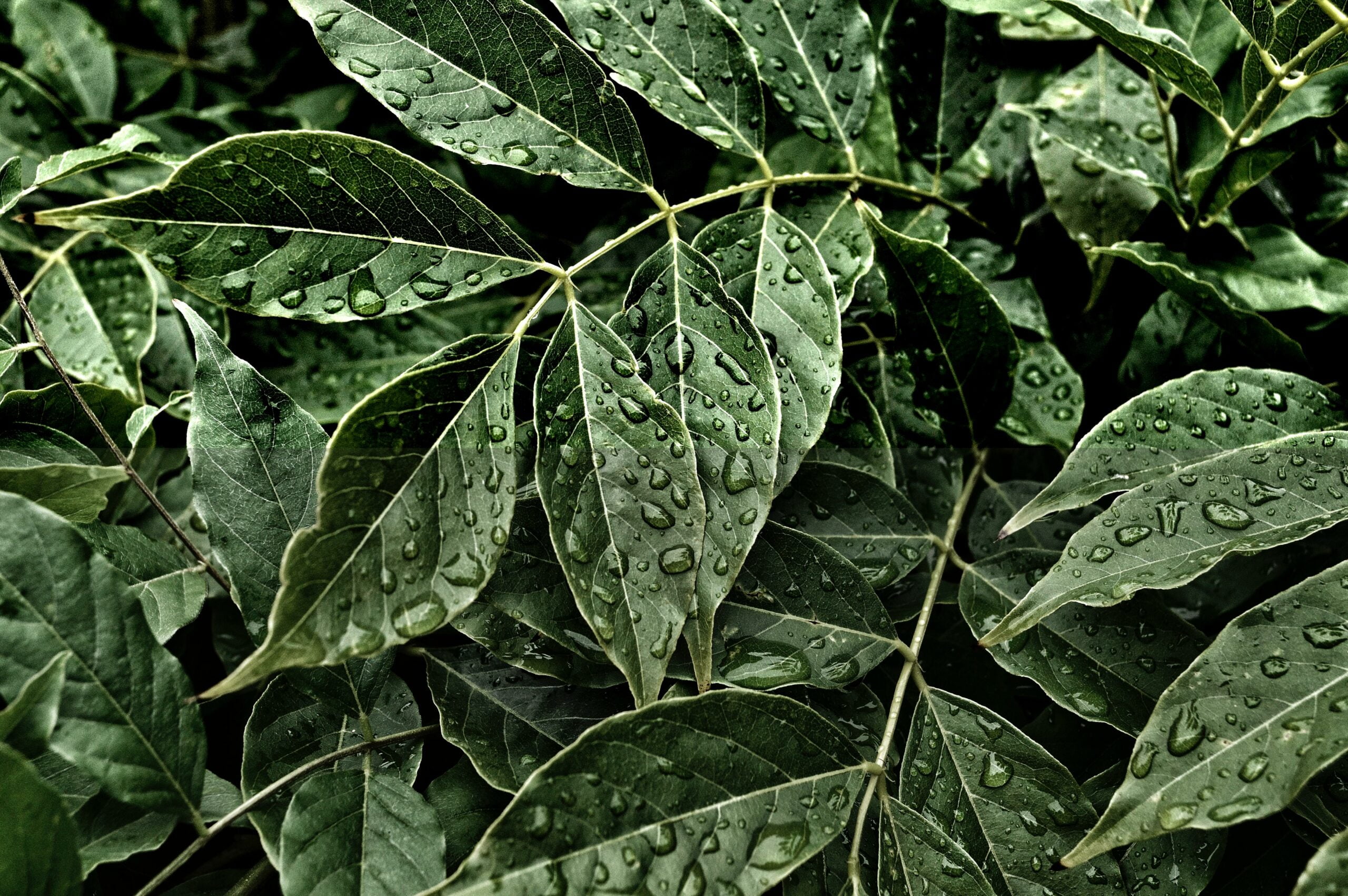In the world of botany and horticulture, there exists a fascinating phenomenon – the mesmerizing beauty of curly plants. With their whimsical spirals and intricate twists, these plants have captivated the hearts of nature lovers and garden enthusiasts alike. From the delicate tendrils of a climbing vine to the exquisite fronds of a fern, curly plants possess a unique charm that sets them apart. In this article, we will embark on a journey to explore the enchanting world of curly plants in nature, delving into their extraordinary forms, growth patterns, and the wondrous ways in which they contribute to our ecological tapestry. So fasten your seatbelts and prepare to be bewitched by the extraordinary beauty of curly plants!
Curly Plants in Nature
Curly plants in nature are an enchanting sight to behold. With their unique twisted stems and curly leaves, these plants add a touch of whimsy and intrigue to any garden. As an experienced horticulturist, I have encountered a variety of curly plants throughout my career, and I must say, they never fail to captivate me.
One of the most interesting aspects of curly plants is the challenge they present when it comes to positioning them in a garden. Due to their distinctive growth patterns, finding the perfect spot for these plants can be a bit tricky. However, once you find the right place, curly plants can become stunning focal points that draw the eye and create visual interest. Their twists and turns bring a sense of dynamic energy to a garden, making it a truly captivating space.
Curly plants come in various forms, from those with twisted stems to those with curly leaves. Each plant has its own unique characteristics that make it stand out. For example, the curly Spider Plant is a popular houseplant with elegantly twisted leaves that add a touch of elegance to any indoor space. On the other hand, some curly plants feature dark green stems or leaves, creating a striking contrast against lighter-colored foliage.
These plants come in a range of sizes, from compact varieties that reach around 8 inches to larger specimens that can grow up to 36 inches. This diversity allows you to choose the perfect curly plant for any space, whether it’s a small corner in your home or a sprawling outdoor garden.
One of the advantages of curly plants is that they don’t require a lot of sunlight, making them suitable for indoor cultivation. This means you can enjoy their mesmerizing beauty even if you don’t have a garden. However, it’s important to note that curly plants still need proper care to thrive. Pay attention to lighting, temperature, soil, and watering conditions to ensure the health and vitality of your curly plants.
Curly plants are not only visually captivating; they also have ecological significance. In nature, plants with curly stems can intertwine with each other, creating beautiful and intricate art as they grow. This natural artistry serves as a reminder of the intrinsic beauty found in the world around us. Additionally, leaf-curl is a phenomenon that affects certain plants, such as cotton. Understanding these natural processes can deepen our appreciation for the intricate wonders of the plant kingdom.
To truly appreciate the mesmerizing beauty of curly plants, consider using illustrations and stock photos in your exploration. These visuals can bring the unique twists and turns of curly plants to life, allowing you to immerse yourself in their magical allure.
In conclusion, curly plants in nature offer a fascinating glimpse into the diversity and beauty of the natural world. Their twisted stems, curly leaves, and distinctive growth patterns make them a captivating addition to any garden or indoor space. By understanding the unique characteristics and care requirements of these plants, you can cultivate them successfully and enjoy their enchanting presence. So why not add a touch of whimsy and intrigue to your surroundings with the mesmerizing beauty of curly plants?
In the depths of nature’s mysteries lie an abundance of curly things just waiting to be discovered. From the elegant tendrils of a climbing vine to the graceful spirals of a delicate fern frond, the world is filled with captivating examples of nature’s playful twists and turns. If you have a curious mind and a love for all things curly, then you must explore our collection of Curly Things In Nature. Click here to embark on a journey that will immerse you in the mesmerizing beauty of nature’s curly wonders: Curly Things In Nature. Prepare to be amazed as you dive into a realm where nature’s creativity knows no bounds – a realm where every twist and curl holds a secret waiting to be unraveled. So come, join us on this exploration of the extraordinary and let your imagination soar amidst the enchanting curves of nature’s curly creations.
FAQ
Question 1:
What are some common types of curly plants found in nature?
Answer 1:
Curly plants in nature can include those with twisted stems or curly leaves. Some examples of common curly plants are the curly Spider Plant, which has twisted leaves, and plants with dark green curly stems or leaves.
Question 2:
Are curly plants difficult to grow in a garden?
Answer 2:
Yes, curly plants can be challenging to grow in a garden. Their unique growth patterns and positioning requirements make it harder to incorporate them into a garden design. However, with proper care and attention to lighting, temperature, soil, and watering conditions, curly plants can thrive.
Question 3:
Can curly plants be grown indoors?
Answer 3:
Yes, curly plants can be grown indoors as they don’t require a lot of sunlight. This makes them suitable for indoor gardening, allowing plant enthusiasts to bring the enchanting beauty of curly plants into their homes.
Question 4:
What is leaf-curl and how does it affect plants?
Answer 4:
Leaf-curl is a phenomenon that affects some plants, including cotton. It is characterized by the curling and distortion of leaves due to various factors such as viral infections, nutrient deficiencies, or environmental stress. Leaf-curl can negatively affect plant growth and overall health.
Question 5:
Can curly stem plants be used for artistic purposes?
Answer 5:
Yes, curly stem plants found in nature can be used to create beautiful art. The twisted and curly stems provide unique and visually striking elements that can be incorporated into floral arrangements or other artistic designs.
- Unlocking Francis Alexander Shields’ Finance Empire: A Comprehensive Biography - July 12, 2025
- Unveiling Francis Alexander Shields: A Business Legacy - July 12, 2025
- Francis Alexander Shields’ Business Career: A Comprehensive Overview - July 12, 2025















